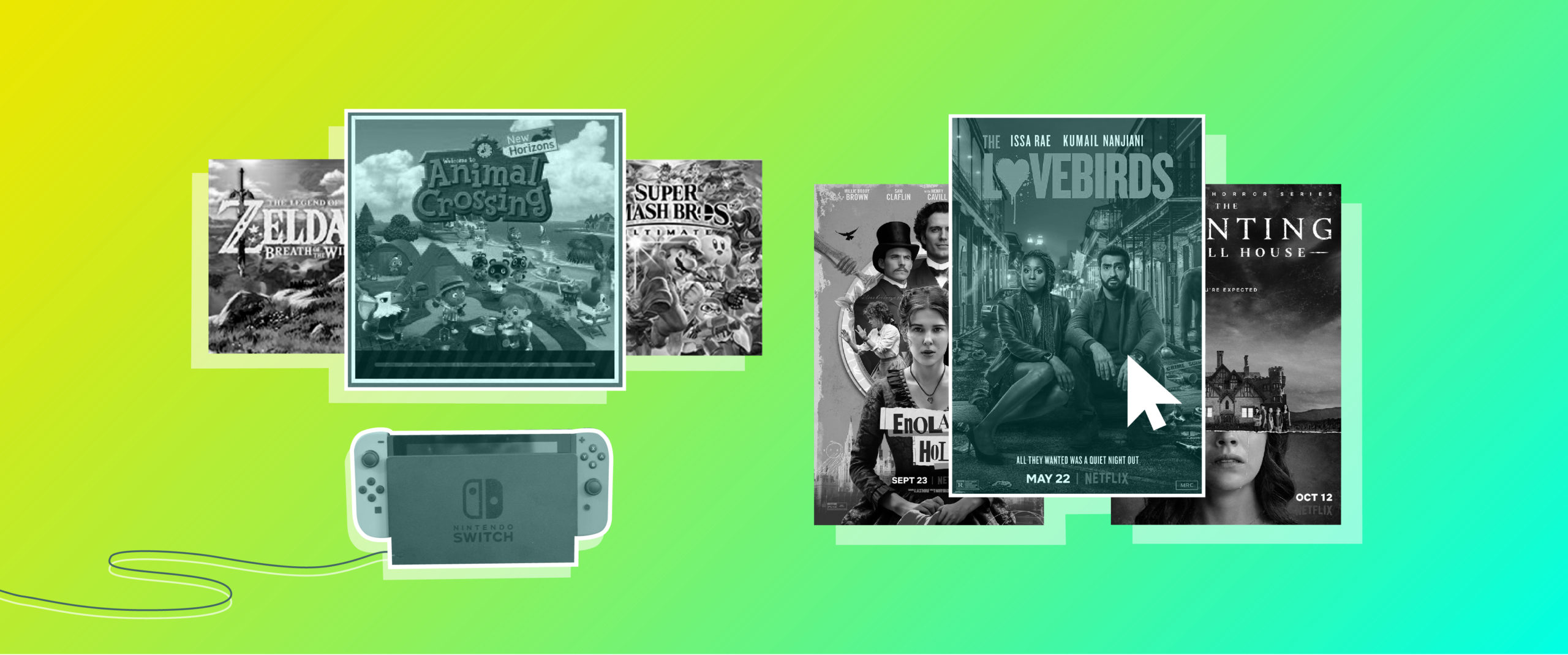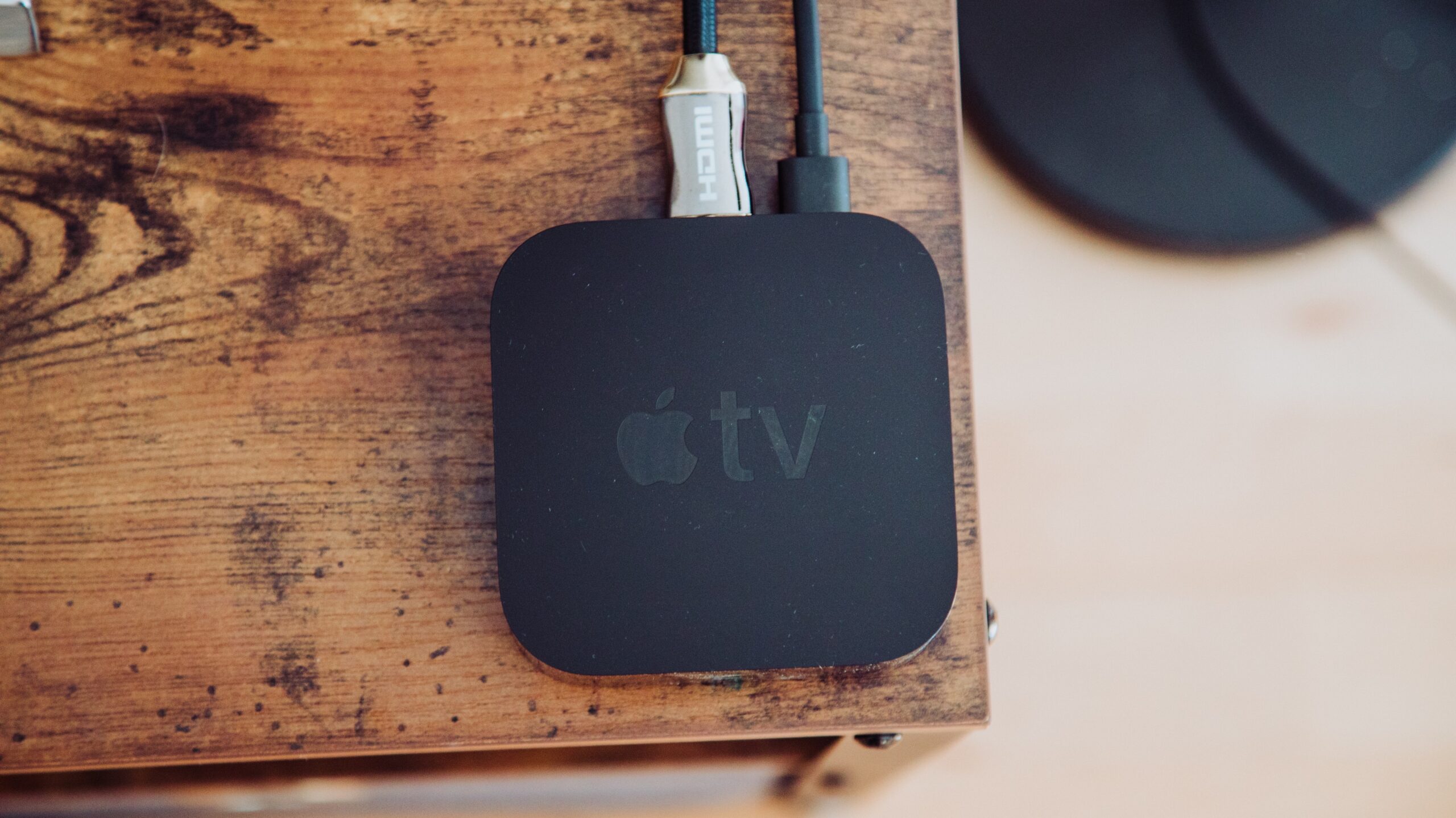Chances are you have probably heard the terms OTT and CTV and probably use these platforms as part of your daily life. But what are they, and how can they be leveraged for advertising purposes?
First, it’s important to establish the difference between these two acronyms. Typically, they are paired together when describing streaming services, but they are not interchangeable. They are two halves of the recipe for cord-cutting.
What are CTV and OTT, and what are the differences?
CTV or “Connected TV” is the actual device used to connect to your TV as the conduit to your favorite programming via the internet. These devices fall into three categories:
- Connected devices: Devices like Roku, Amazon Fire, Chromecast, Apple TV, and more.
- Gaming consoles: Playstation, Xbox, and Nintendo Switch serve a dual purpose for entertainment: gaming and streaming.
- Smart TVs: Smart TVs connect to the internet and allow consumers to download OTT apps directly onto their TVs. The advantage of smart TVs is that they don’t require consumers to purchase additional equipment and reduce clutter (and additional remotes).
Image via Unsplash
OTT or “Over-the-Top” refers to the actual streaming platforms that do not require a standard cable, satellite, or telecom subscription. Video content can be live-streamed or accessible by video-on-demand (VOD) through apps on your CTV devices. OTT services include Netflix, Hulu, Amazon Prime Video, CBS All-Access, HBO Max, Disney+, and many more.
In simple terms: CTV is your computer and OTT is the website you are connecting to via the internet.
The amazing streaming race
The OTT landscape has grown exponentially over the past 13 years. Both traditional and premium TV networks have joined the race for streaming market share. What started as a few platforms serving as an alternative to cable TV has become a revolution to capture subscriptions, advertising dollars, and most importantly, eyeballs.
Netflix set the standard for the subscription-based model in 2007 when it expanded its DVD rental business to a streaming platform. Not long after, Hulu entered the fold in 2010 with a similar subscription model but offered both an ad-supported and ad-free experience at varying price points.
With the rise of OTT services, the big television networks realized the competitive market in the OTT space. CBS rolled out CBS All-Access (soon to be Paramount+ in 2021 after merging with Viacom) in 2014, Disney released Disney+ in 2019 and NBC unveiled Peacock+ in 2020. Finally, HBO recently pivoted their OTT experience with the creation of HBO Max. Whether it’s movies, TV shows or even live sports, there is an OTT app for your viewing pleasure.
The cost of traditional cable packages has been inflating for years because they require you to buy bundles of channels, most of which you’ll never watch anyway. Sports networks have been a main culprit of those price hikes. With OTT, consumers can now hand-select the programming they desire, which has saved them money by cutting the cord.
According to ComScore Intelligence, households that stream OTT content have grown by 20% since 2016. Conversely, households that stream OTT content and have traditional cable have dropped from 70% to 56% in 2020.
Advertising on OTT
Now that we’ve established what OTT is and the history of the platform, we can dive into how this affects advertisers. The domino effect started with the desire to cut the cord, which resulted in a larger viewership, which led to a wider array of programming among the various players. Then the cycle repeats itself. Advertisers are wise to earmark a percentage of their ad budget for OTT to provide a cross-platform experience to consumers.
Audience accessibility
According to eMarketer, 6.6 million fewer American homes will have cable, satellite or telecom TV packages by the end of 2020. Advertisers that are allocating ad dollars to linear TV buys are watching their target audiences slowly dwindle. OTT audiences are more highly engaged since they have actively sought out a specific app and show.
Carving out a chunk of the advertising budget to OTT will reach the desired audience and plays a major role in a fully interconnected advertising strategy. This provides a massive growth opportunity.
Targeting capabilities
Advertising on OTT is typically cheaper than running on linear and provides a wider array of targeting capabilities. Advertisers can use audience targeting (similar to digital advertising) to reach a desired audience. A few examples of this targeting are:
- Audience data: First party data or third party data sources like ComScore or other vendors. This is the foundation of any advertising strategy. Know your audience’s ages, genders, locations, and interests.
- Online activity: Understand your audience’s online browsing and purchase actions. Having the proper pixels in place to reach an audience that is already in your sales funnel increases the chances of conversion actions.
- Retargeting audience: Unlike TV, users who see an OTT ad can be retargeted on their mobile or desktop device using IP targeting.
Image via Unsplash
Detailed reporting
OTT offers more in-depth reporting than traditional linear TV. As opposed to simply tracking total viewership numbers, OTT provides insights such as impressions, video completion rate, user CTV devices, geo-location data and much more. This is valuable data for advertisers to boil down who their audience is and where they can reach them.
How does OTT/CTV fit into your marketing strategy?
Are you new to the OTT/CTV space? We’re here to help you navigate audience and channel selection every step of the way! Get in touch to get started.





